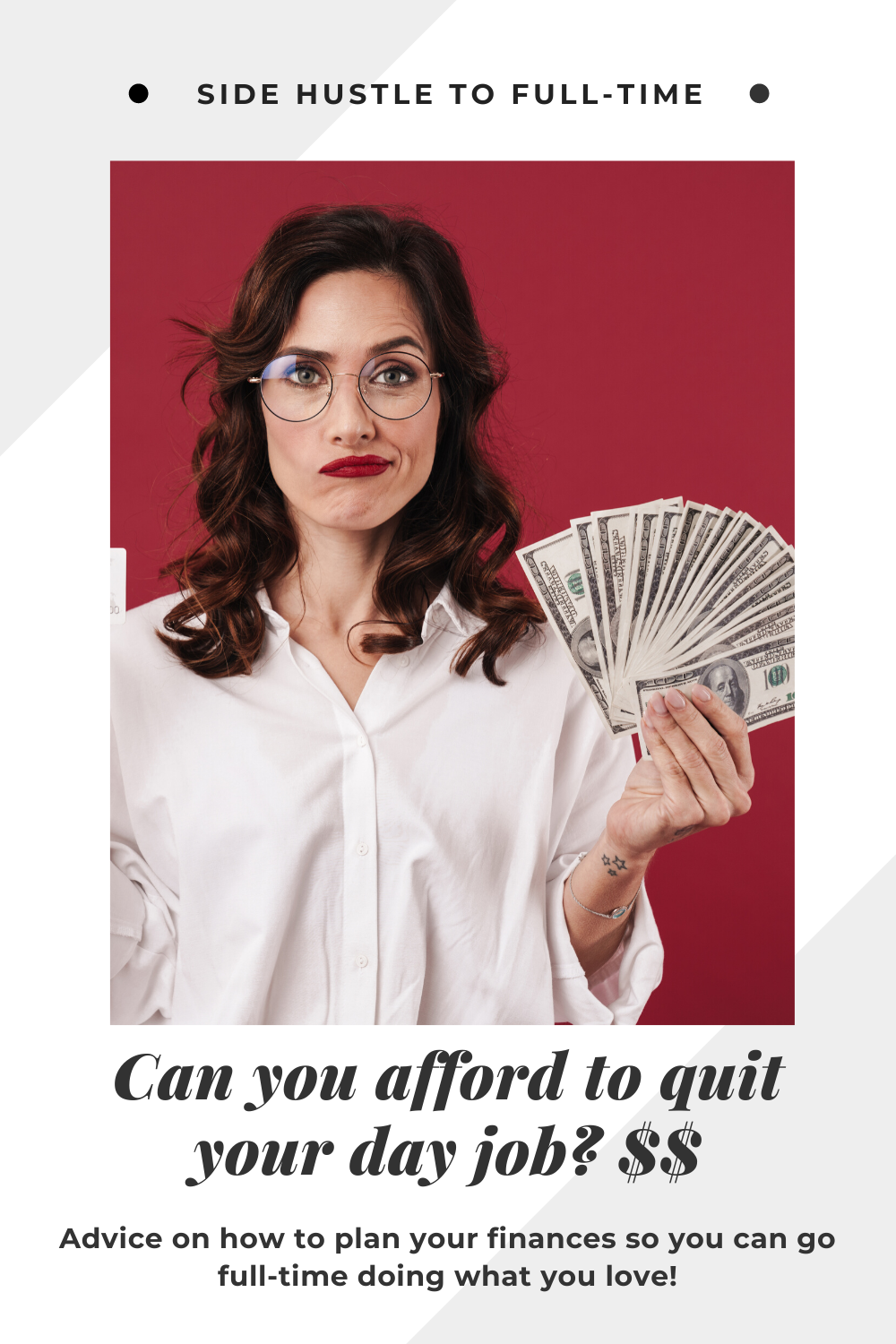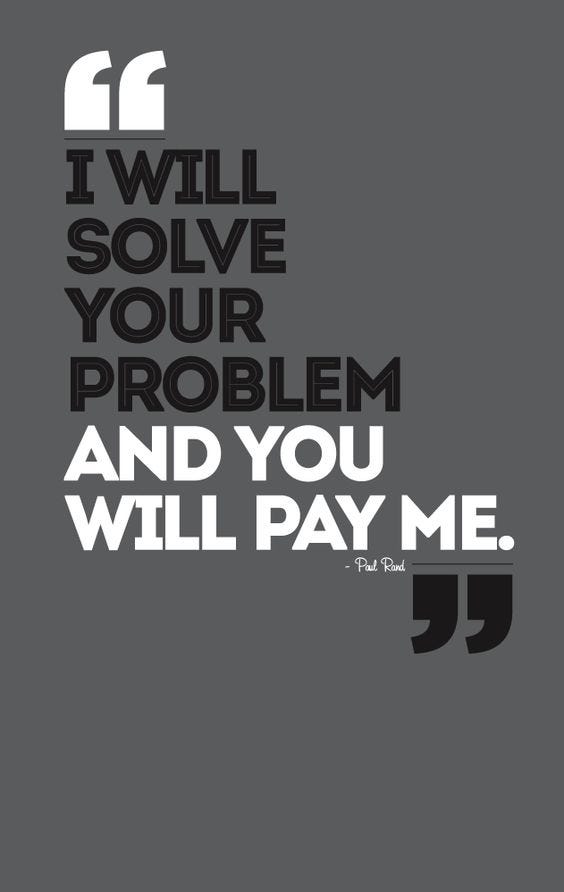Hey there! This post contains affiliate links. Using my links means I earn a commission, which helps me create more rad content. More on affiliates here.
In October of 2016, I took The Big Leap. I finally took my part-time freelance side hustle (that had sustained me for 5 YEARS, helping with not-great decisions at Sephora and materials/books/supplies at Stanford) to FULL-TIME.
[Heads up! This post uses affiliate links, and you help me earn $$ when you use my links. More on affiliate links here!]
And while this isn’t the best choice for everyone (don’t let folks crap on you for not being an #entrepreneur, that’s idiotic), I chose to do this to have time/flexibility to focus on creating a fashion portfolio and body of work. It’s hard to be a creative with a 9–5, hence freelancing.
I knew in June of 2016 that I wanted to take my #SideHustle full-time (my coaching and marketing biz, The Huntswoman), but I didn’t really know how to start/prepare. After doing A TON of googling and pestering FT freelancers I knew, I came up with plan below. I’ve since edited it and added to it (20/20 hindsight FTW), and my hope is that it’ll help you, too.

1. Get REAL about Where Your Money is Going
Before becoming fully self-employed, I would quickly archive my emails from Mint.com, ignoring the pangs of guilt. “No thank you, I do NOT want to know how much I’m spending at Starbucks, tyvm.” However, freelancing requires you to get REAL real, fast, about tracking your money.
Think of it this way: How can you realistically hope to pay your own salary (with pay raises!) if you don’t know where your money is going? You’re in the “Business of You,” my friend, and you need to get the freak over your money/budget hangups and review your bank statements. This will help you figure out where you’re bleeding money (do you really need Netflix, HBO *and* Hulu??) to lower expenses to build your nest egg.
Expense Reports: Every week, sit down and sort through your receipts. I try to pay everything electronically so I can save it in a special folder. Little business expenses add up to pretty swell write-offs at the end of the year!

2. Building an Emergency Fund
Freelancers, coaches and consultants can regularly be found bitching over the “feast or famine” experience that comes with freelancing (ugh). Some months you’ll be overbooked and tearing your hair out, and other months you’ll consider getting a PT job to cover expenses.
Before jumping into FT freelance, save AT LEAST 3 months of bills and living expenses. If you have dependents, folks will advise you to save 6 months, minimum. You won’t know how much to save unless you know your expenses (cough do #1 cough) so get cracking.

3. Taxes & Knowing What to Charge
While you’re at it, set up an account at a different bank (credit unions ftw) to put aside ~30% of your earnings for taxes. Out of site, out of mind!
It’s a good idea to set up some sort of business entity (I have an LLC). This helps you if you ever get sued, and it makes taxes easier, etc. Every state/locality is different, so put on your propeller hat and get to googling!
ALSO, because you’ll be paying your employer taxes (will I ever see that money I’m putting into Medicare?), make sure to increase your hourly/project rate accordingly. If you’re making $50 per hour now at your job (nice, round number), experts generally agree that you’ll need to add at least 30% to that, due to overhead, healthcare, etc .
This infographic explains the math/process.

4. Juggling your day job with your dream job
A lot of folks struggle with how to balance onboarding new clients while working a FT job.
I’m not going to sugarcoat it. Basically, get ready for some long hours.
My game plan: I slowly increased my freelance hours and decreased hours at my PT job. For about 6 weeks, I was working 20 hours part-time and 40 hours freelancing. I needed to be sure the clients would stick around before talking to my boss about working fewer hours.
Some folks work FT as a freelancer/consultant, and FT at their day job — having some not-so-fun 80 hour workweeks. If you can swing it, try convincing your employer to put you at PT hours for a few months to hang onto a bit of security.
5. Insurance (Cue the JAWS Soundtrack)
I ended up becoming a FT freelancer around the same time I was kicked off my parents insurance plan (goodbye, group coverage). If you’re in the U.S., I recommend reaching out to an insurance broker/calling the folks at Healthcare.gov. I recommend talking to a few agents to make sure you get the whole story, and gird your loins — single payer insurance is not nearly as snazzy as group coverage.

Overall, remember that you can do this. You can do this. YOU CAN FREAKING DO THIS. Some folks will think you’re certifiable for taking a “less secure” path, when really, I argue that you’re taking 200% (double) the responsibility for your income and life.
While full-time freelancing isn’t for everyone, having multiple streams of income (besides your FT job) is! Check out this microblog to learn how to begin bringing in some side hustle moula. :*
Disclaimer: This is from my experience. I’m not a lawyer or a licensed accountant. Please make business decisions with licensed professionals.












